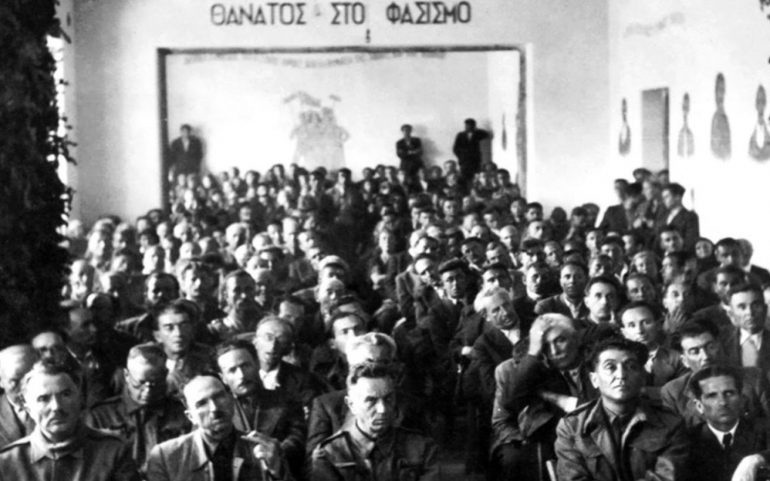"I swear that I will faithfully perform my duties as a member of the Political Committee of National Liberation, guided by the interest of my country and the Greek people, that I will fight with self-sacrifice for the liberation of my country from the yoke of the conquerors, that I will defend "everywhere and always the people's freedoms and I will be a representative and leader of the people in the struggle for their freedom and their sovereign rights".
The above words are the oath of the members of the Political Committee of National Liberation. And if to many the specific name does not say much, then the name by which PEEA became known in history, will surely say: This is the "Government of the Mountain".
In Nazi-occupied Europe, two types of resistance movements developed. One was in the form of small groups (saboteurs) who usually used their weapons to try to create rifts in the Nazi hordes. The second type gave a greater basis to the development of a popular movement which on the one hand would resist the occupier in many ways and on the other hand would prepare the ground for the next day, showing a special… sympathy in Soviet Union.
This second path is also the one chosen by the Mountain Government.
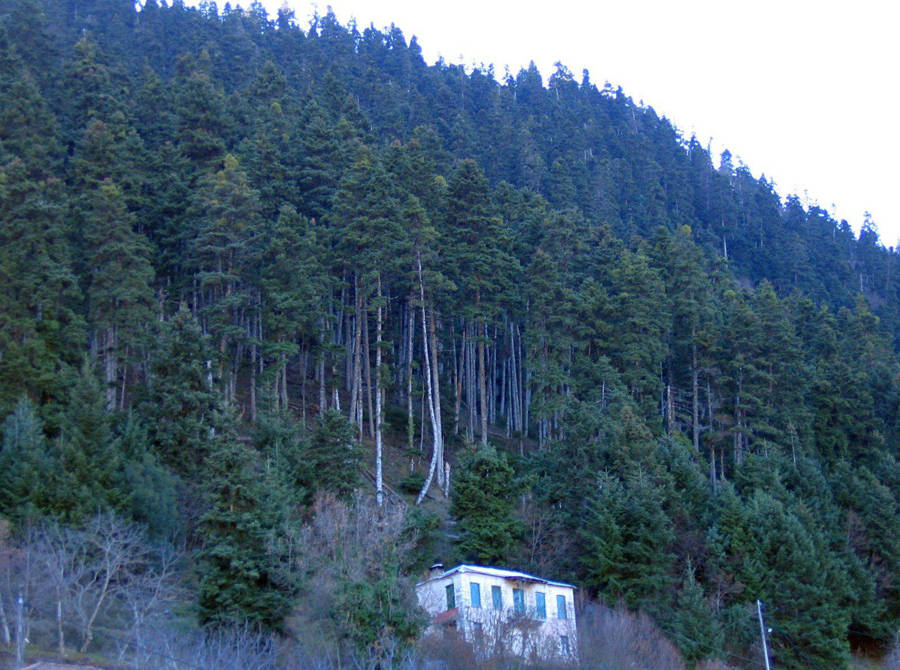
The calendar showed March 10, 1944. The place chosen was Viniani. A mountain village Evrytania, between the peaks of Timfristos, at an altitude of 700 meters, a few kilometers from Karpenisi, buried between firs and plane trees.
Party officials belonging to the KKE, the Peasant Party of Greece, the Socialist Party, the Socialist Party, the Democratic Union, the Union of the Democratic Republic, the Left Liberal Party, the Reform Party and many independents gathered in this magnificent landscape.
The president of PEEA was initially Evripidis Bakirtzis, a Venizelist officer, a renegade of the Movement of 1935. He participated in the resistance organization EKKA and then together with Stefanos Sarafis, also a renegade of '35, joined the EAM-ELAS.
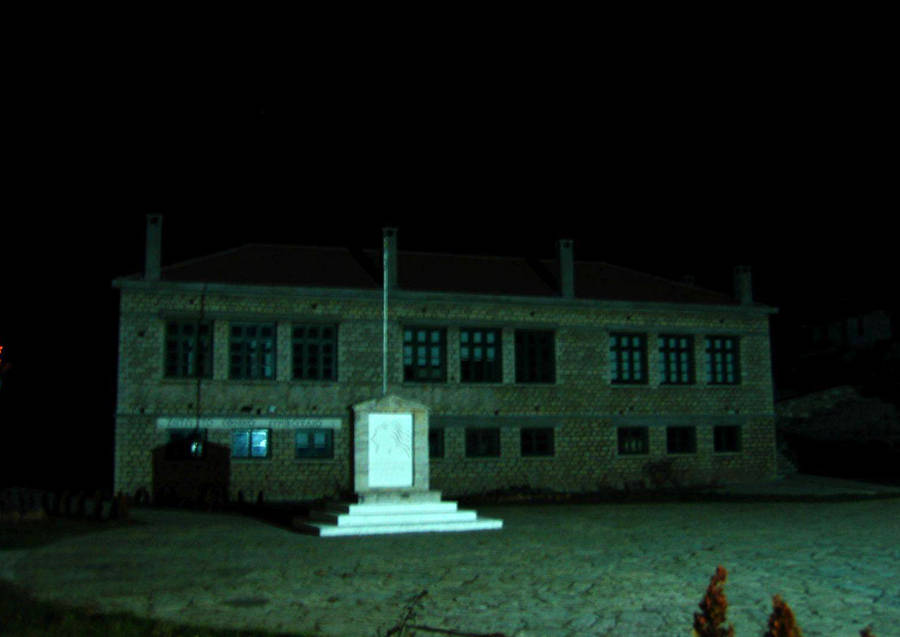
In its founding act, among other things, the PEEA provided the following: "The Commission, believing that its power comes from the People and all the powers are derived from the People, will convene in the shortest period of time a National Council freely elected representatives of the people ".
Then, the PEEA is reorganized… After many days and exhaustive fermentations, the Mountain Government, on April 18, acquires its first "cabinet".

Alexandros Svolos was Secretary of Foreign Affairs, Education, Religions and Popular Enlightenment (and president of PEEA). Euripides Bakirtzis Secretary of Food (and Vice President of PEEA). Elias Tsirimokos Secretary of Justice. Emmanuel Mandakas Secretary of the Army. Nikolaos Askoutsis Secretary of Transportation. Angelos Angelopoulos Secretary of Finance. Petros Kokkalis Secretary of Social Welfare. Costas Gavriilidis secretary of Georgia. Stamatis Hadjimbeis Secretary of National Economy.

PEEA during its short "life", did a lot and important or less important. The most important thing, however, is that he managed to organize and hold elections under Nazi occupation! One could say that the Germans were in fact already starting to leave, and things were not as hard as they were two years ago, however, holding elections on its own is a phenomenon unique in Europe during that dark period.
The stake in the ballot box was the promotion of the National Council of PEEA. If we are talking about the Government of the Mountain then this would be the… parliament! The elections took place on April 23, 1944 and it is estimated that about 1.800.000 voters cast their ballots (of which, approximately, 300.000 in Athens). Elections could not be held in the Bulgarian-occupied areas of Eastern Macedonia-Thrace due to the great terrorism that prevailed in Crete and the islands -except for Evia and Lefkada-, because the PEEA circular did not arrive there in time.
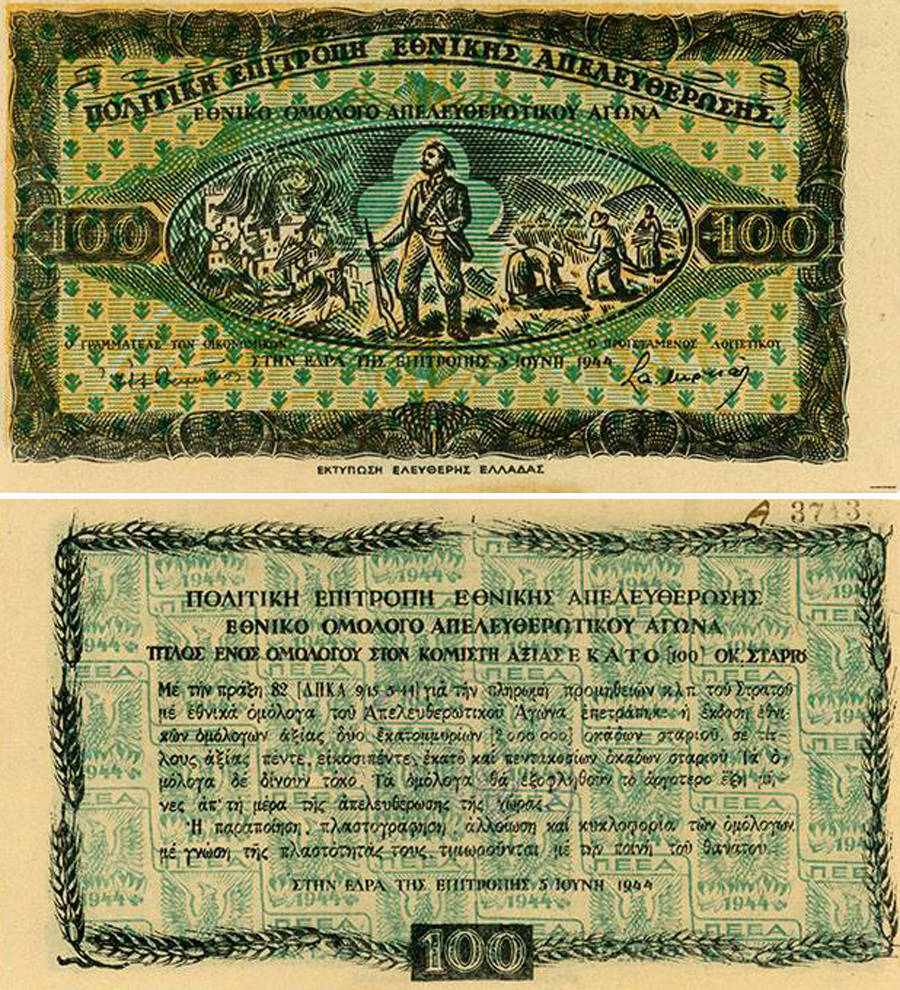
A total of 184 national councilors were elected. To these were added 22 deputies from the Parliament of 1936 who acquired the right of national councilor by decision of PEEA.
According to what the… Minister of Interior of PEEA, G. Siantos, said in his presentation, the distribution of the national councilors by region was as follows:
"Attikoboiotia and Evia 41, Epirus 14, Thessaly 22, Central Greece 23, Macedonia 40, Peloponnese 44. Total 184. Of these 161 are present, 13 are absent and 10 are absent and daily come from those who are missing. Of the deputies of 1936, 22 declared membership, 15 are present and are justifiably absent 7. So a total of 206 national councilors, with 176 present. Of the deputies of 1936, 9 are KKE, 7 of the Liberals, 2 of the ELD, 1 of the Democratic Union, 1 of the Reform Party, 1 of the People's Party, 1 of the Agrotiko ".
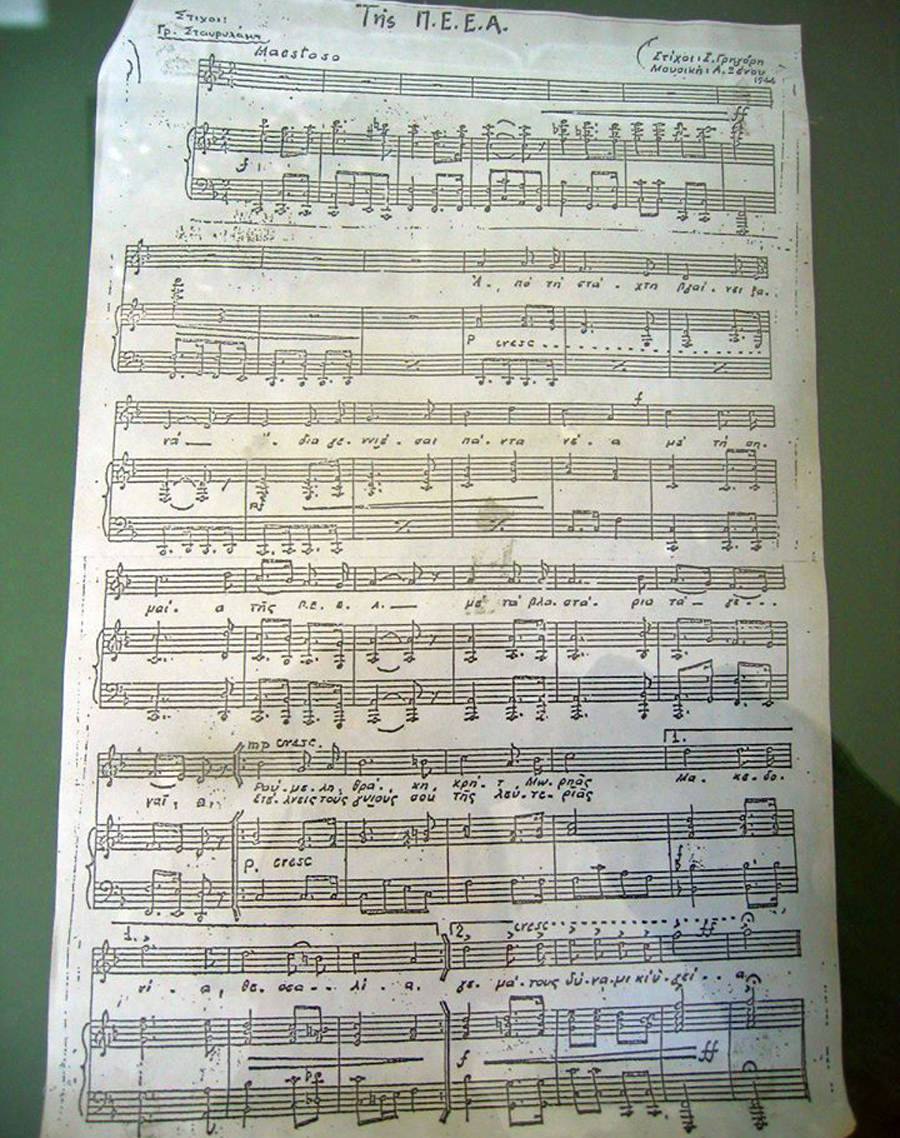
In the same presentation, G. Siantos gave the social composition of the 176 present national councilors which was as follows: "4 University professors, 1 of the Higher Commercial, 8 generals, 23 workers, 5 private employees, 20 public and employees of organizations and banks ( total of employees 48), 5 industrialists, 23 farmers, 9 journalists, 15 doctors, 25 lawyers, 6 military, 4 clergy, 1 engineer, 1 contractor, 2 agronomists, 1 archaeologist, 10 pedagogues - teachers, 4 captains, 3 judges , 3 professionals, 7 chemist and 1 notary " ("National Council - summary minutes of its first session", published by the Community of Koryschades of Evritania, 1988, pp. 122-123).
In one of its most historic moments, the National Council approved the constitutional charter of a free and democratic Greece. This historical document was entitled "Declaration of the Rights of every Greek Citizen".
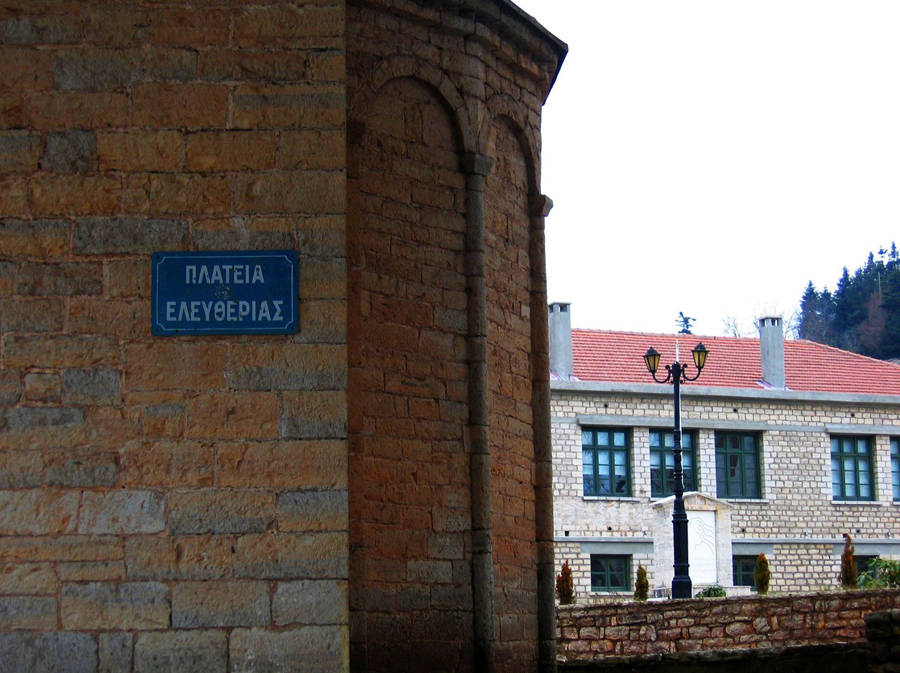
"All powers come from the people and are exercised by the people. "Local Government and People's Justice are fundamental institutions of Greek public life", was underlined in article 2.
Also in a groundbreaking move, the resolution established gender equality. "All Greeks, men and women, have equal political and civil rights," said Article 5, while Article 4 proclaimed that "popular freedoms are sacred and inviolable" and that "the struggling nation will protect them from any threat, from wherever it comes from

From its foundation until its dissolution, the Mountain Government issued 27 "Bulletins of Acts and Decisions", which were something like what we know today as Government Gazette and in which were published: 79 decisions, 64 acts, 4 resolutions of the National Council, 2 swearing-in protocols.
Perhaps the most typical example is the adoption in August 1944 of the Local Government Code. This code was a comprehensive plan for the institutions of self-government, which was elaborated by a special legislative committee of the Mountain government.
The fate of PEEA, however, was predetermined. During the meeting of the National Council, the political developments (in the light of the collapse of the Nazi war machine) were rapid.
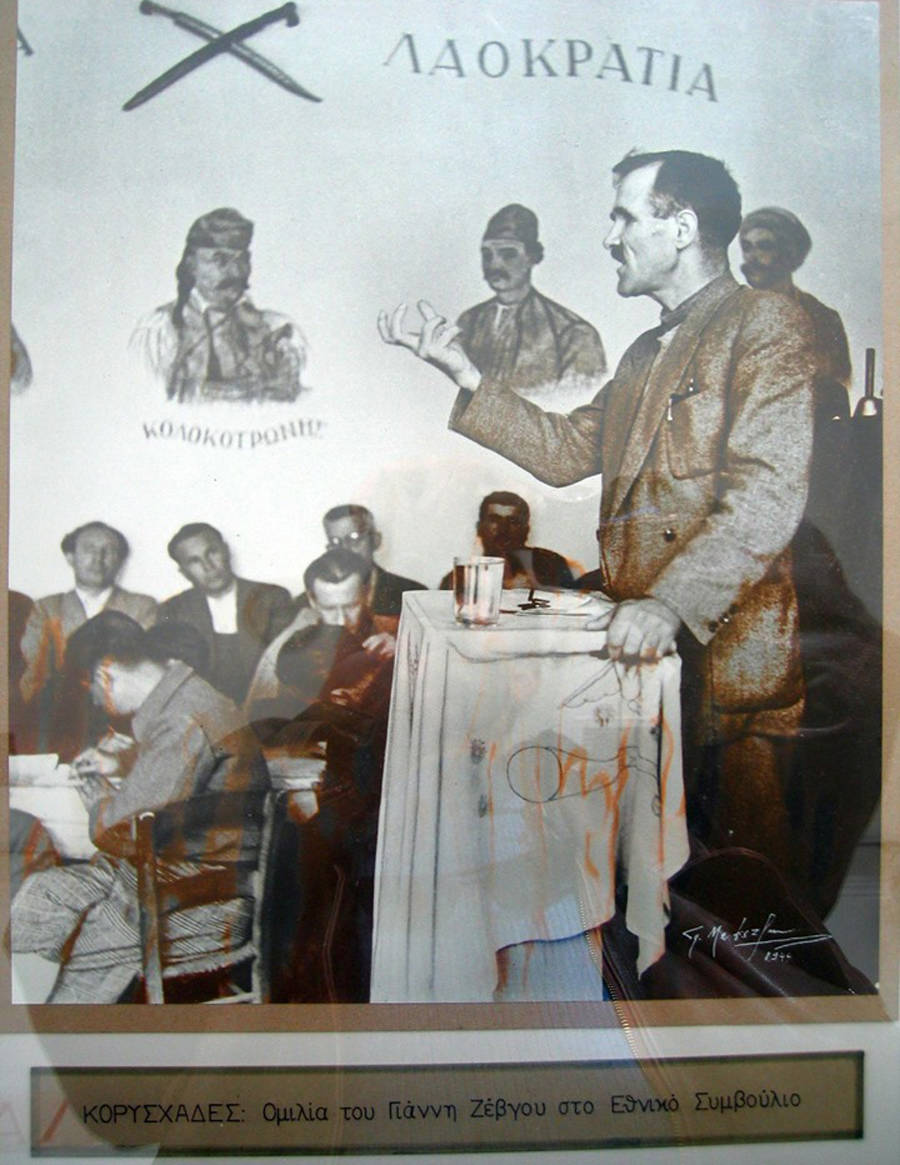
The infamous Lebanon Pact was first signed. Shortly afterwards, EAM joined its National Unity government G. Papandreou (PEEA had proposed the participation of EAM but not with Prime Minister Papandreou), while the Caserta Agreement followed
Despite their disagreements, however, the telegram sent in September by the Mountain Government, signed by Svolos, Partsalidis, Sianto to Cairo, expressed respect for all decisions and, in fact, without conditions.
From mid-September 1944, the activities of the PEEA were limited to November 5, 1944 (about one month after the liberation of the country from Nazi occupation, that is, and one month before the damn December, the prelude to the civil war) the self-dissolution of PEEA is voted with the signature of Svolos, Siantos, Tsirimokou, Mantaka, Askoutsi, Angelopoulos, Gavriilidis and Hatzimbei. The self-dissolution of the National Council takes place on the same day with the presence of the members of PEEA.
